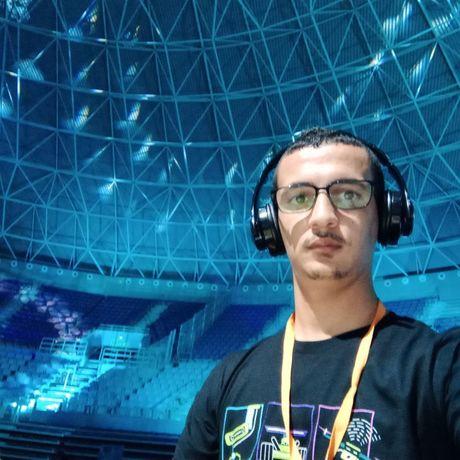Automatic glaucoma disease detection using deep learning paragdim and fundus images
- 0 Collaborators
My project consists of developing an automatic system to detect glaucoma disease based on new deep-learning architecture and fundus images. The system uses one of the best techniques of visualization, which is Grad-Cam, to give more interpretability of how the model drives their classification. ...learn more
Project status: Under Development
Groups
Student Developers for oneAPI,
Student Developers for AI
Intel Technologies
DevCloud
Overview / Usage
Glaucoma disease, also called the “Silent thief of sight”, if not treated early, leads to blindness and is irreversible. Glaucoma is characterized by high intraocular pressure that can endamage the optic nerve, resulting in permanent vision loss. Glaucoma is asymptomatic during the early stages, preventing it from being diagnosed early. Statistics have shown approximately 65 million cases of the disease worldwide [1] . And the number is expected to reach 120 million by 2040 due to increasing population growth and aging [2]. Therefore, early detection is required. My project proposes a computer-aided diagnosis system to assist ophthalmologists in diagnosing this silent disease. The system is named GlaucomaDetector. The system is based on a recent deep-learning algorithm and fundus images. The system has been trained and validated on a combined database of five benchmark datasets. The experiment results show that my system is more robust and accurate in diagnosing glaucoma with minimum overhead than the state-of-the-art methods. Moreover, to give more interpretability to the model and gain the trust of patients and physicians, we have used the techniques of visualization that consist of showing the areas that influence the decisions made by the models.
[1] H. Quigley and A. T. Broman, “The number of people with glaucoma worldwide in 2010 and 2020,” Br. J. Ophthalmol., vol. 90, no. 3, pp. 262–267, Mar. 2006, doi: 10.1136/BJO.2005.081224.
[2] Y. C. Tham, X. Li, T. Y. Wong, H. A. Quigley, T. Aung, and C. Y. Cheng, “Global prevalence of glaucoma and projections of glaucoma burden through 2040: A systematic review and meta-analysis,” Ophthalmology, vol. 121, no. 11, pp. 2081–2090, Nov. 2014, doi: 10.1016/j.ophtha.2014.05.013.
Methodology / Approach
- Data Collection: Five benchmark datasets are combined.
- Data preprocessing and data augmentation: various transformation techniques have been conducted, including image resizing and data normalization. Moreover, as the data contains imbalanced classes, the class weights technique is used to address this issue. To prevent the overfitting phenomenon, the data augmentation method is used.
- Defining the model architecture: fine-tuning a pre-trained model based on the new architecture, Vision Transformers (ViT).
- Training the model in DevCloud: only the two last transformer blocks are trained using the five datasets combined.
- Visualization using Grad-Cam technique: Visualize some fundus images to know how the parts in the image influenced the decision.
- Deployment: The model is deployed in a web app using tensorflow.js.
Technologies Used
- Intel Dev Cloud.
- Python 3.6
- Tensorflow 2.0
- Intel® Distribution of OpenVINO™.
- Tensorflow.js








